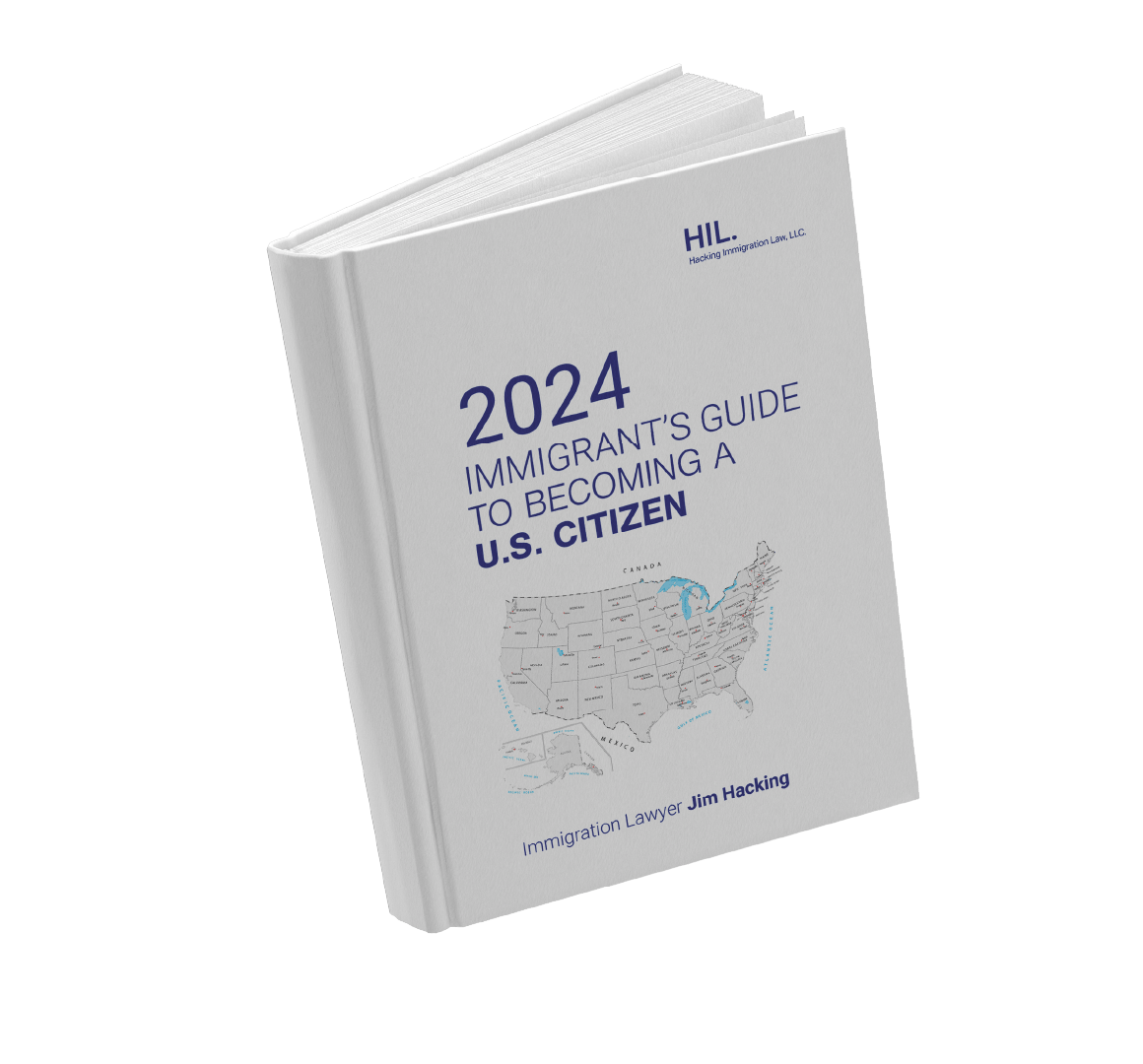Family preference visas may be applied for when someone wants a family member, who is not a U.S. citizen, visit and legally stay with them. This is a complex process, therefore, an individual applying for one of these visas may want to seek the services of an experienced immigration attorney. A seasoned lawyer could guide one through the process of applying for family preference visas in St. Louis. Call today to schedule a consultation.
Many people believe that once they get the I-130 Petition for Alien Relative on file, that means the foreign national can stay for the many years it takes to get their case decided. However, this is incorrect. Congress has placed a cap on the number of visas and green cards available each year for non-immediate relative family members and this created a backlog. For example, if someone from Germany has a brother who is a U.S. citizen and the brother sponsors them, the processing time is about 13 years before the visas become available due to the backlog. During the processing time, the foreign national is not allowed to stay in the United States while their application is pending.
While the individual's application is pending, they need to have some other legal basis to stay in the United States or they must stay outside of the country while their case makes its way through the system.
When the I-130 Petition for Alien Relative is submitted by the U.S. citizen, they are given a priority date. A priority date is the date the immigration petition is initially filed. It is used by the USCIS to mark the person’s place in line while waiting for an immigrant visa to become available. The wait time for family preference visas in St. Louis can be a long time.
If someone applied on January 1, 2015, that is their place in line. They are ahead of the people that have a priority date of January 2, 2015, and they are behind the people who have a priority date of December 31, 2014. Every month they should check the Visa Bulletin to see when their visa becomes available. This is done by checking the Visa Bulletin categories in family-based petitions. Once a person’s case is eligible for processing, the second part of the process is handled at the National Visa Center and the embassy. The State Department begins processing the actual issuance of a visa and makes sure they have all the paperwork needed to do that.
There probably is not much benefit in applying for a visa based on being a brother or sister of U.S. citizen if they had already had one on file by their parents. The only exception might be if a person is worried about the health of the sponsoring U.S. citizen or they think Congress is going to do away with a specific preference category. The downside to applying for more than one type of visa is the cost involved in paying the filing fees and the multiple applications could confuse Immigrations Services on the applicant’s intention.
Other than that, there is no rule against it and there is no real reason not to do it. However, does not make financial sense to file a new application if the priority date of the earlier case is more current than it would be if someone filed right now based on a higher category. A dedicated lawyer who is knowledgeable about the legal aspects of family preference visas in St. Louis could offer advice on whether to apply for more than one visa or not.
It is a major mistake when an individual does not a submit birth certificate or evidence of the relationship when applying for family preference visas in St. Louis. These cases often sit for years and the original submission may not have all the evidence the government wants to see. A person wants to establish that they have the same parents through their birth certificates. One big problem is when birth certificates are generated at the time of filing as opposed to when the person was born.
The State Department classified what documents are available from each country and they can find those by looking for the visa reciprocity tables. The visa reciprocity tables identify the documents available for each country and for each type of document.
For instance, the tables identify the available birth certificates, death certificates, divorce decrees, and marriage licenses. Often, people do not check the tables before submitting evidence and their cases are denied. For more information about family preference visas in St. Louis, contact a lawyer.

